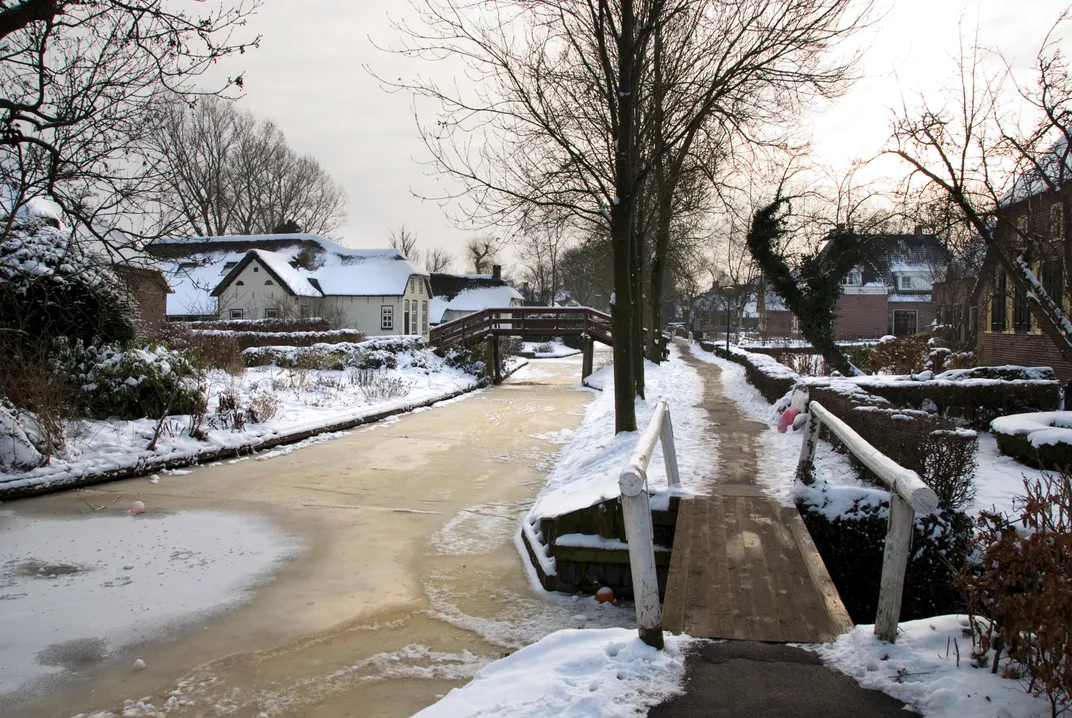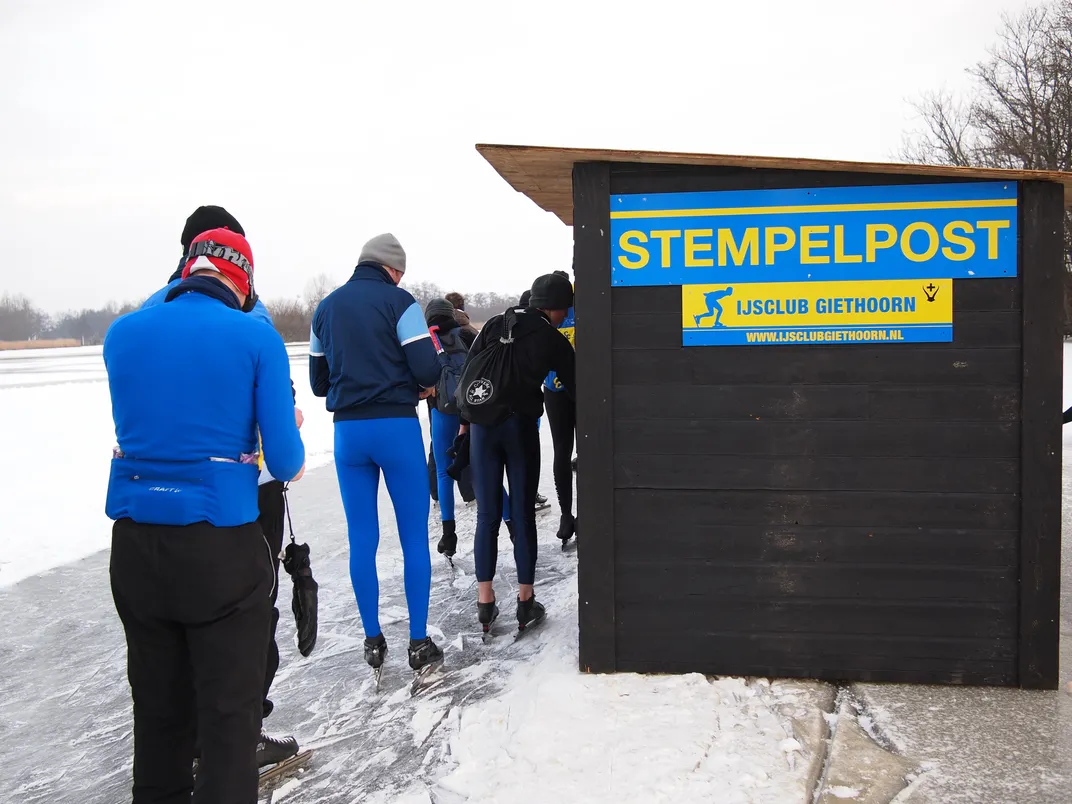Get Lost in a Maze of Storybook Canals in this Dutch ‘Venice’
The picturesque village of Giethoorn is best navigated by boat (or ice skate)
A slow-moving motorboat makes its way up a narrow canal in Giethoorn, a charming village located 75 miles east of Amsterdam in the Netherlands that is seemingly torn from the pages of a storybook. Called “whisper boats,” these motorized vessels are the preferred mode of transportation for the 2,620 residents who live in Giethoorn, which is relatively free of roadways, save for a handful of thoroughfares that hug the outskirts. At its heart, traveling by boat is the most logical way to get around the seemingly never-ending maze of canals that comprise Giethoorn, earning the village the distinction of "the Venice of the Netherlands."
“The best way to discover Giethoorn is from the water,” says Gabriella Esselbrugge, a local entrepreneur, hotelier and seventh-generation resident. “Everyone here owns a boat. Some families even have multiple boats—one for the parents and the other for their children.”
“In the old part of the village, many of the houses are built on small islands that are completely surrounded by the canals,” she says.
With roots dating back to the 13th century, the village earned its name after early farmers discovered hundreds of once-buried goat horns in the area, remnants of a flood that had previously devastated the area. Today, Giethoorn’s flag proudly contains two goat horns. And while the village holds close to its roots (many of its residents continue to work the land to this day), Giethoorn has a variety of modern amenities, from restaurants and shops to a national park and various museums—including De Oude Aarde, a gem-and-mineral gallery, as well as, oddly enough, a museum dedicated to automobiles.
While cars are still excluded from most of the village, in recent years, bicycling has become a popular mode of transportation here, thanks to a series of biking paths.
“At one time you couldn’t ride a bike because the bridges were too small," Esselbrugge explains, referring to the more than 175 bridges that crisscross the canals. However, in recent years, larger bridges have been built to accommodate an increase in cyclists.
“Most of the bridges are built of wood, since they’re less slippery when there is snow and ice on the ground,” she says. Which brings about an important question: what happens during the colder months when the water freezes over, and how do locals manage to get around then? The easy answer: ice skating.
“Last week it was cold enough to go ice skating,” Esselbrugge says. “You can see parts of the village that are normally not accessible [on cold winter days] by boat. This is also the time of the year when locals are cutting down brush to use to replace their traditional thatch-roof houses, so the views [from the canals] are no longer blocked. It’s a whole different atmosphere.”
Sadly for those who love such idyllic winter tropes, Esselbrugge is quick to point out that Giethoorn’s icy days have become few and far between.
“[Now,] people will take the day off from work so they’ll be the first ones out on the ice,” she says. “It’s a special occasion, since it doesn’t happen every winter [anymore]. When I was younger, it would happen yearly, but now we’re lucky if it does once a year.”
So far this year, the canals have frozen over just once, and the last time was several years prior. But Esselbrugge is hopeful that the village will turn into a winter wonderland once again. Whatever the season, though, it seems that the sense of community in the village is among the biggest draws for residents and visitors alike.
"When you come here, you're a part of the village," she says. "We want Giethoorn to feel authentic, so there are residents who will open their doors so that people can see how we live. It makes you feel like you're part of the family."
Planning Your Next Trip?
Explore great travel deals
Smithsonian magazine participates in affiliate link advertising programs. If you purchase an item through these links, we receive a commission.
/https://tf-cmsv2-smithsonianmag-media.s3.amazonaws.com/filer/21/e9/21e97800-d463-4a4b-ae74-d470d0366250/8208411089_d99b88c4ba_b.jpg)
/https://tf-cmsv2-smithsonianmag-media.s3.amazonaws.com/filer/56/5a/565a840a-f87b-4650-8791-aa808bf61458/11052745155_2b2fbccbc9_k.jpg)
/https://tf-cmsv2-smithsonianmag-media.s3.amazonaws.com/filer/ea/a6/eaa6eedc-e31e-4108-97b4-13aa17487666/11053027603_a1066ffbc1_k.jpg)
/https://tf-cmsv2-smithsonianmag-media.s3.amazonaws.com/filer/09/09/0909c780-32bf-48ae-810f-da6349d4cae1/11053212764_02a2aabf04_k.jpg)
/https://tf-cmsv2-smithsonianmag-media.s3.amazonaws.com/filer/8a/89/8a89c485-879f-4e4f-ad52-54fa28586c2e/istock-176083462.jpg)
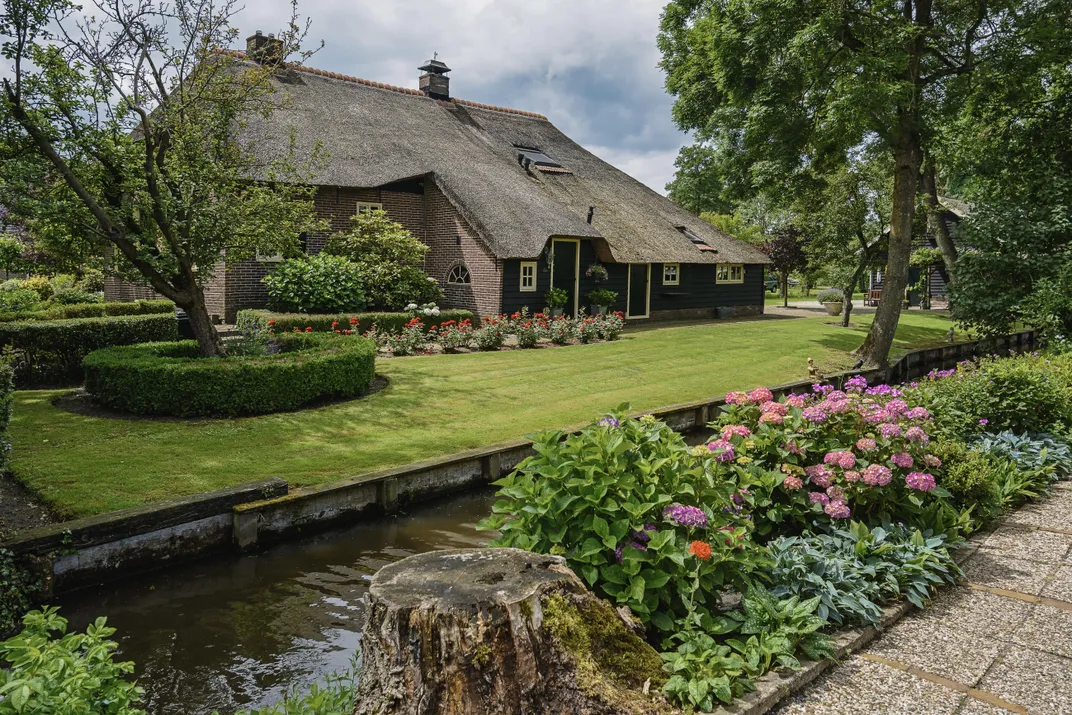
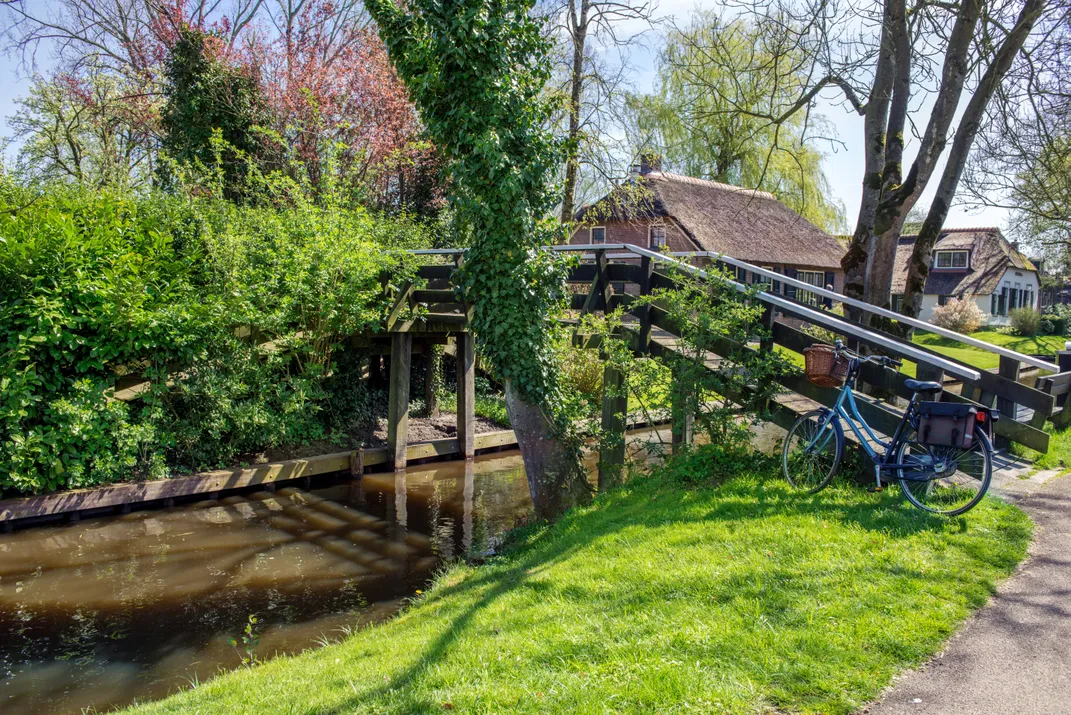
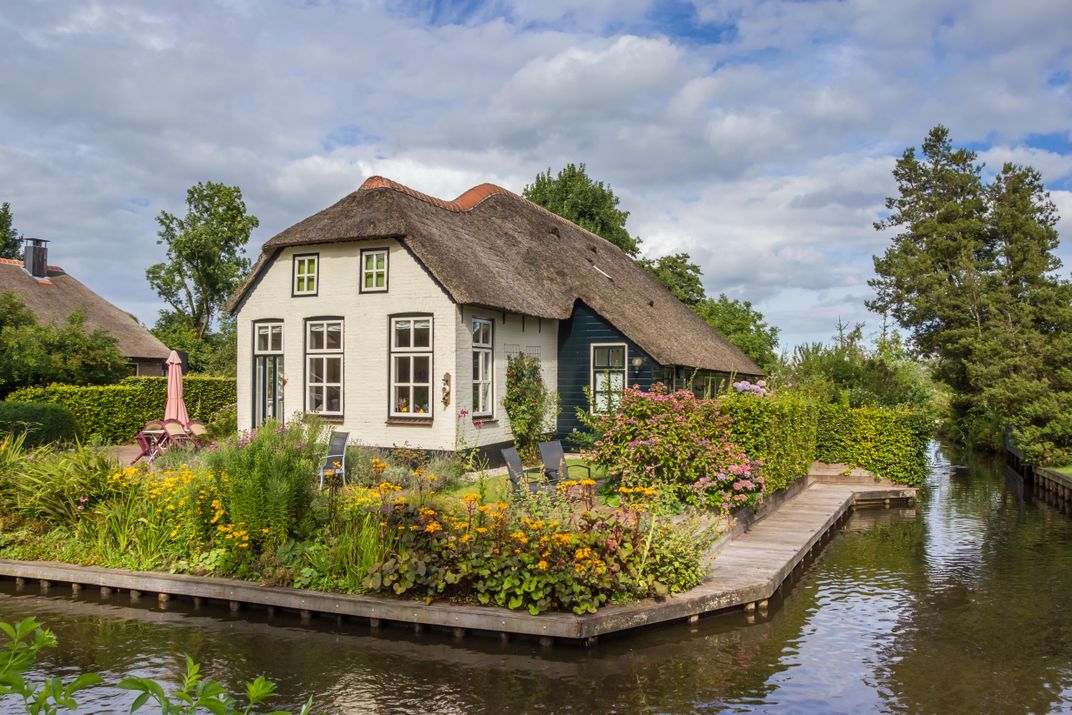
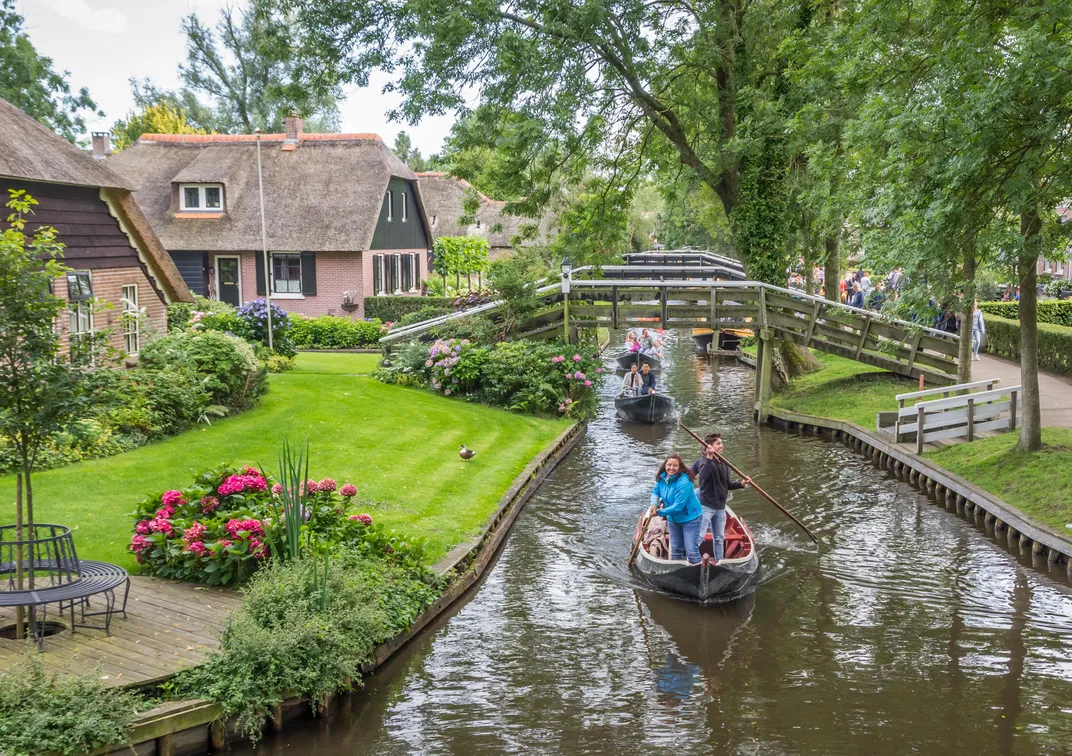
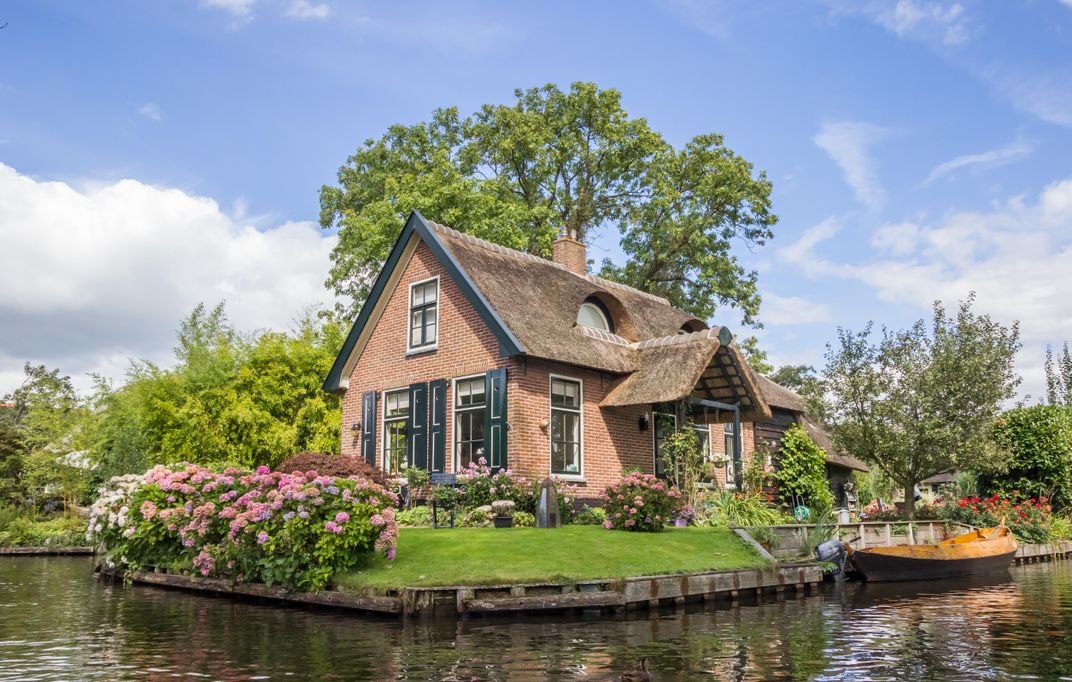
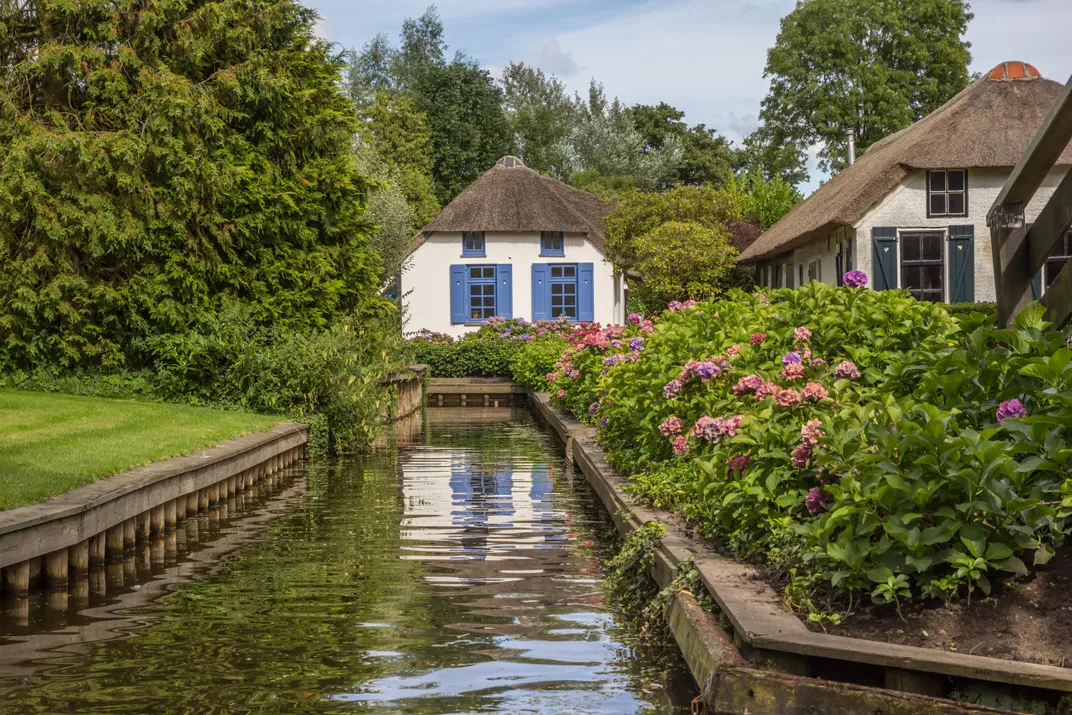
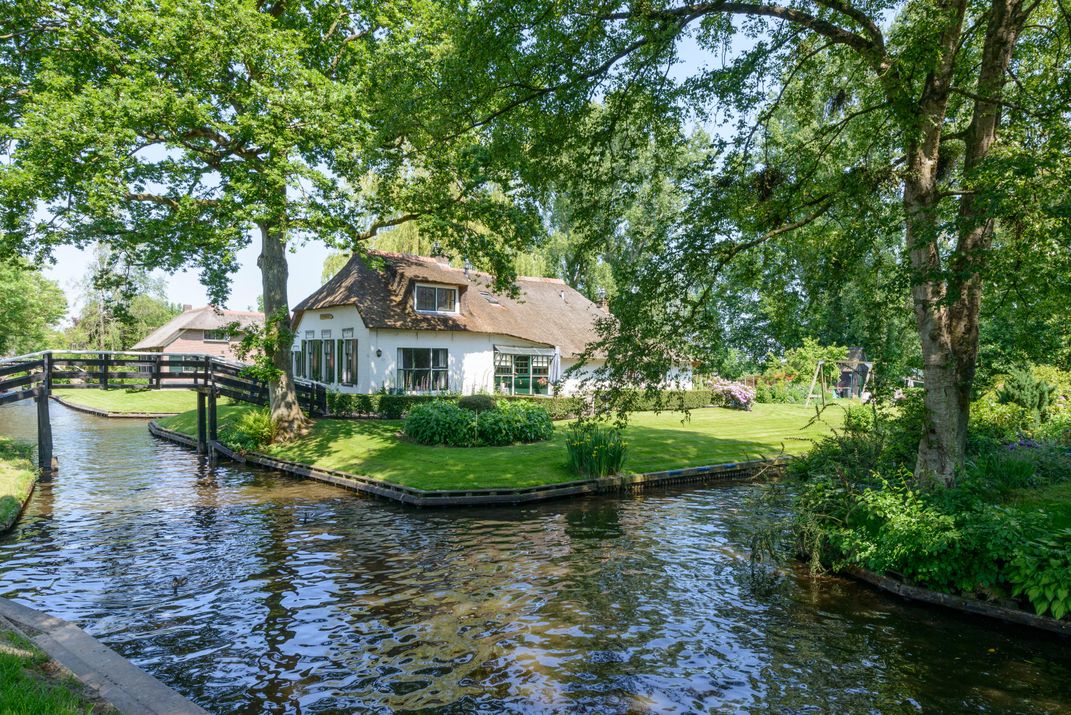
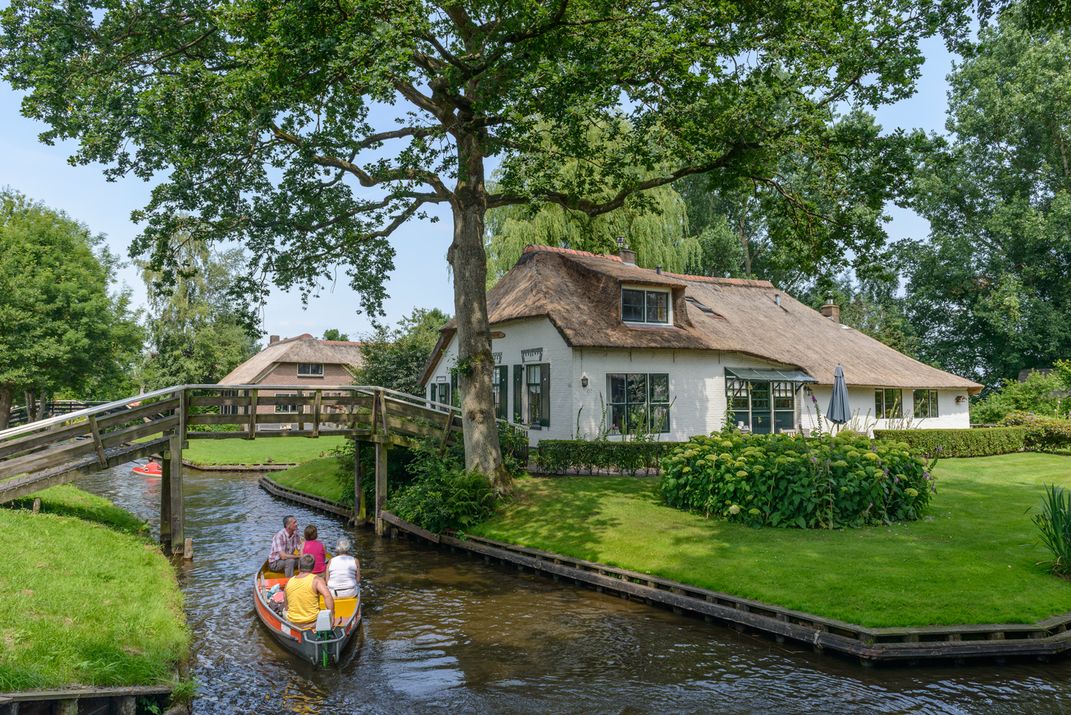
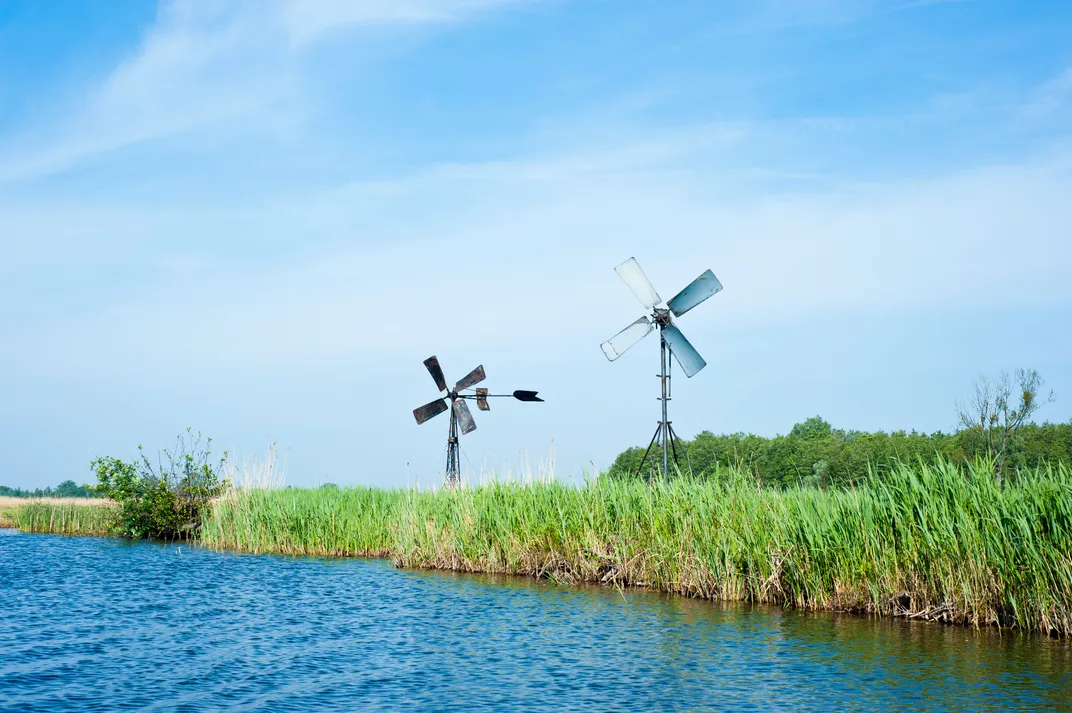
/https://tf-cmsv2-smithsonianmag-media.s3.amazonaws.com/filer/fc/67/fc679db0-0812-40c7-afcd-c731f3f8e8f4/istock-458461463.jpg)
